
Revolutionizing EV Charging Testing: Trends, Use Cases And Solutions
Apr 18, 2024, 9:15 am EDT
Presented by:

Eric Dean, Business Development Manager, Parker LORD
Apr 22, 2021, 10:15 am EDT
Free EV Engineering Webinars
The sessions from our Spring EV Engineering Conference are now available to view on-demand. Register for a session below to watch the recording and download the presentation.
See Also: The June 2024 EV Infrastructure Virtual Conference is now available on-demand.
Don't miss the next EV Engineering Virtual Conference: September 16-19, 2024. Learn more.

Apr 18, 2024, 9:15 am EDT
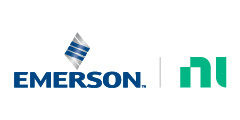
Apr 15, 2024, 9:15 am EDT

Apr 17, 2024, 9:30 am EDT
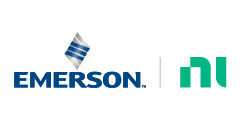
Apr 16, 2024, 11:45 am EDT

Apr 18, 2024, 1:00 pm EDT

Apr 18, 2024, 9:30 am EDT

Apr 17, 2024, 10:30 am EDT
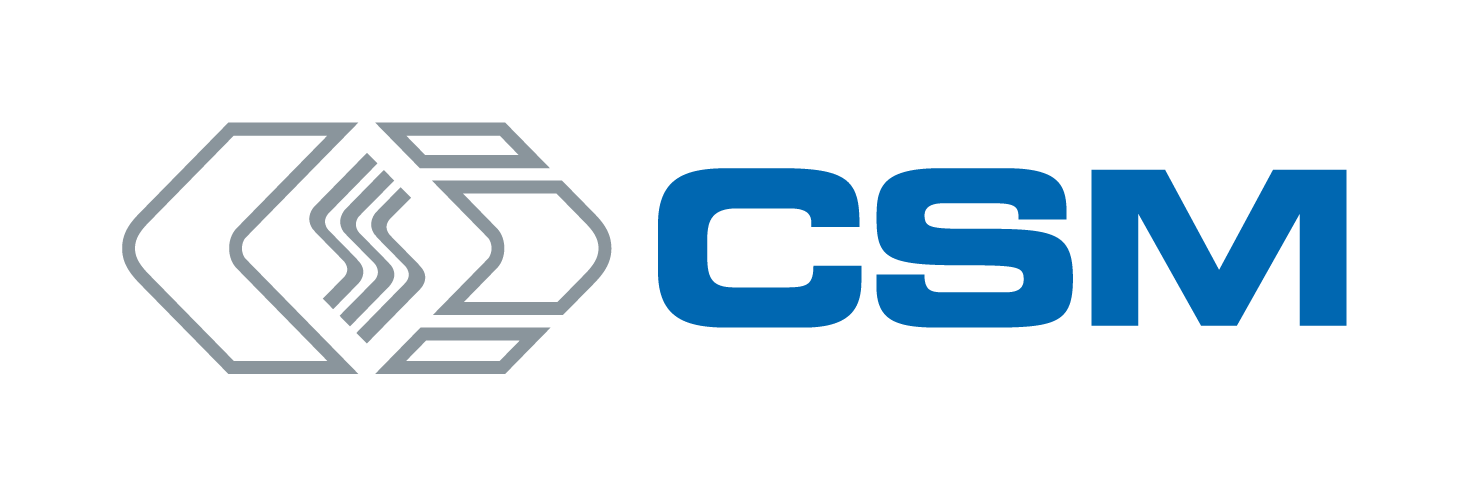
Apr 17, 2024, 2:00 pm EDT
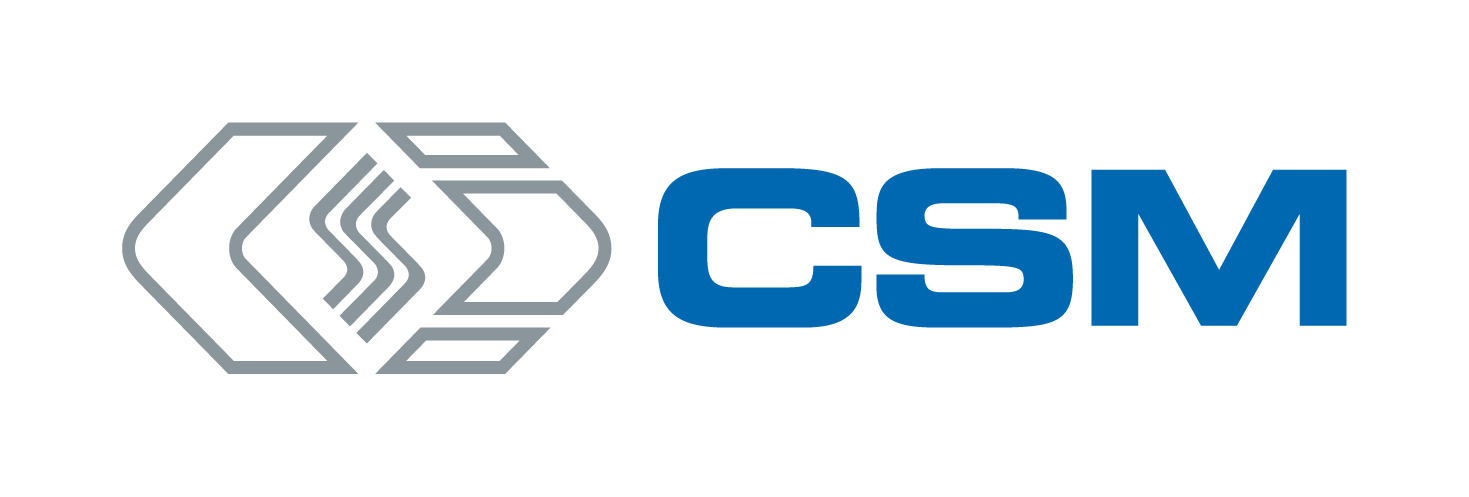
Apr 16, 2024, 1:15 pm EDT
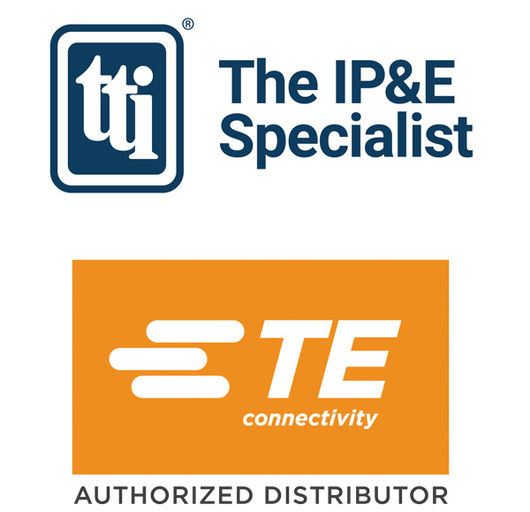
Apr 17, 2024, 11:45 am EDT

Apr 15, 2024, 1:15 pm EDT
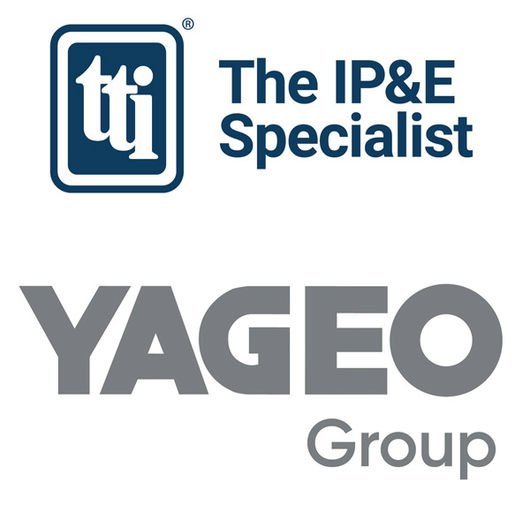
Apr 15, 2024, 9:30 am EDT

Apr 18, 2024, 12:30 pm EDT
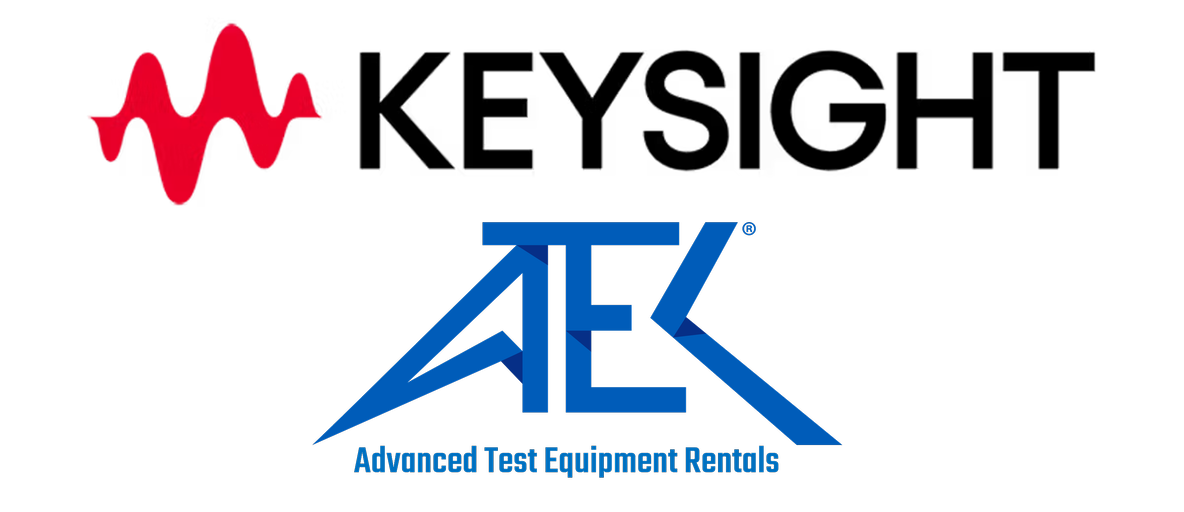
Apr 18, 2024, 11:45 am EDT
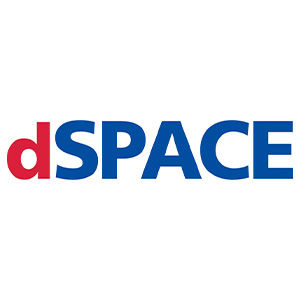
Apr 18, 2024, 8:45 am EDT

Apr 18, 2024, 11:00 am EDT

Apr 18, 2024, 10:15 am EDT

Apr 18, 2024, 8:00 am EDT
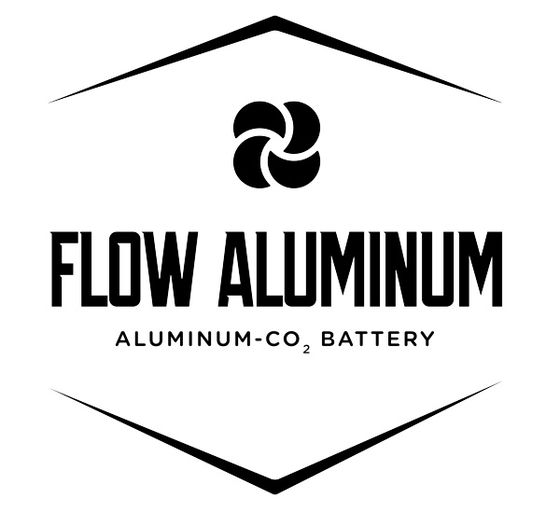
Apr 18, 2024, 11:45 am EDT

Apr 17, 2024, 1:15 pm EDT

Apr 17, 2024, 12:30 pm EDT
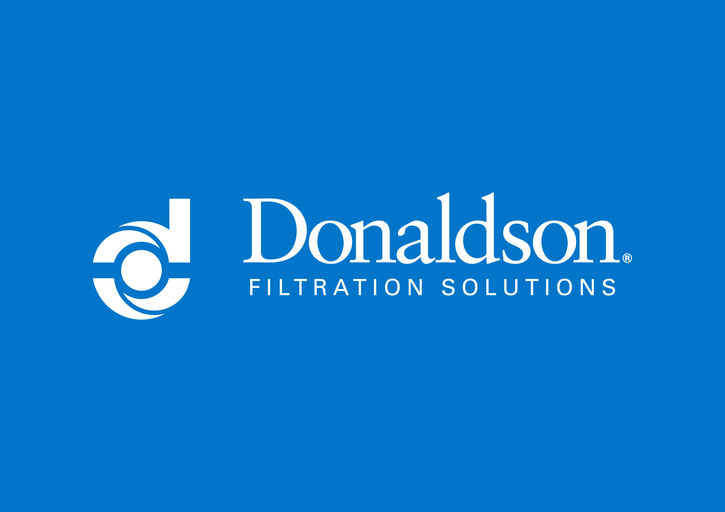
Apr 17, 2024, 11:00 am EDT
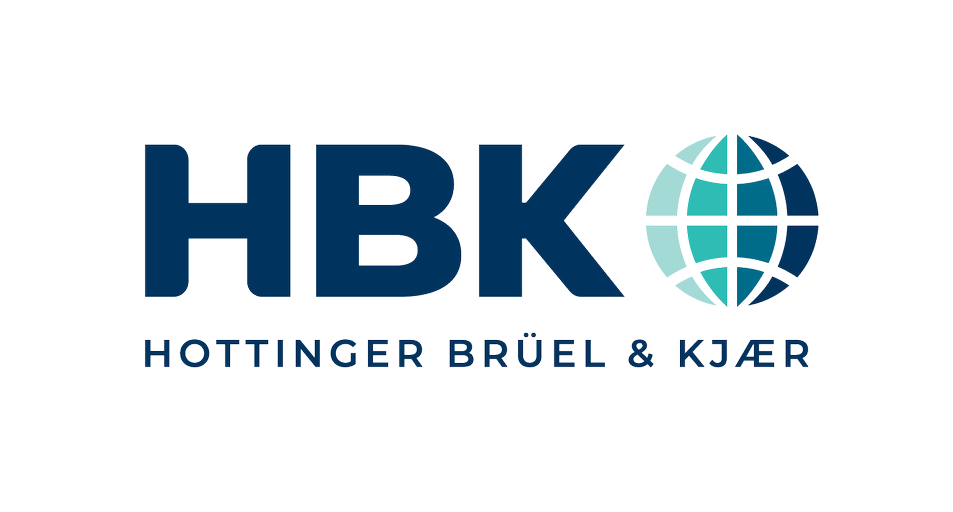
Apr 17, 2024, 9:15 am EDT

Apr 17, 2024, 11:45 am EDT

Apr 17, 2024, 10:15 am EDT

Apr 17, 2024, 8:00 am EDT

Apr 15, 2024, 12:30 pm EDT

Apr 15, 2024, 1:00 pm EDT

Apr 15, 2024, 11:45 am EDT

Apr 15, 2024, 11:00 am EDT
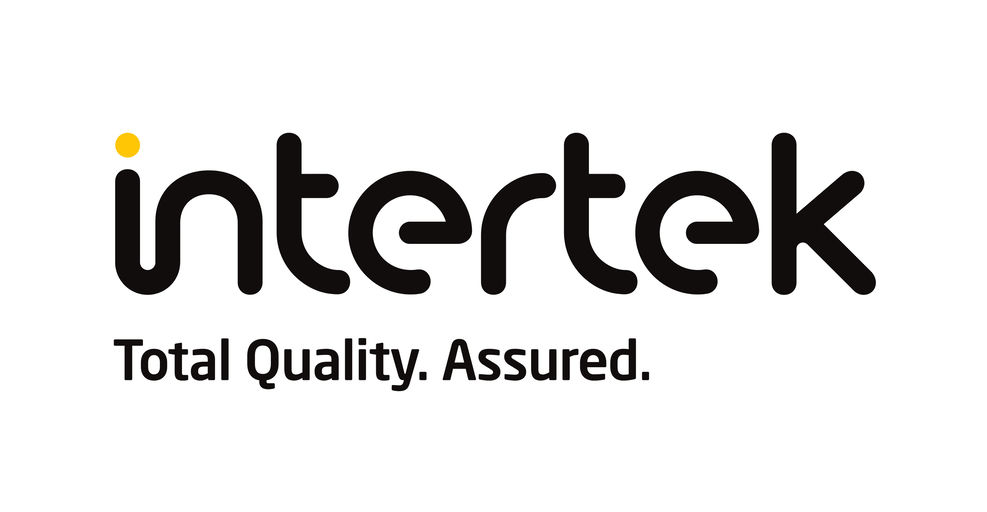
Apr 15, 2024, 11:45 am EDT

Apr 16, 2024, 8:45 am EDT
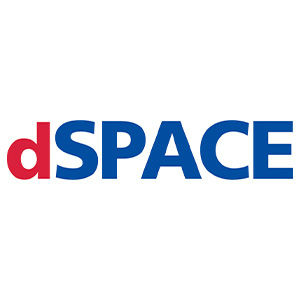
Apr 16, 2024, 10:15 am EDT

Apr 16, 2024, 8:00 am EDT
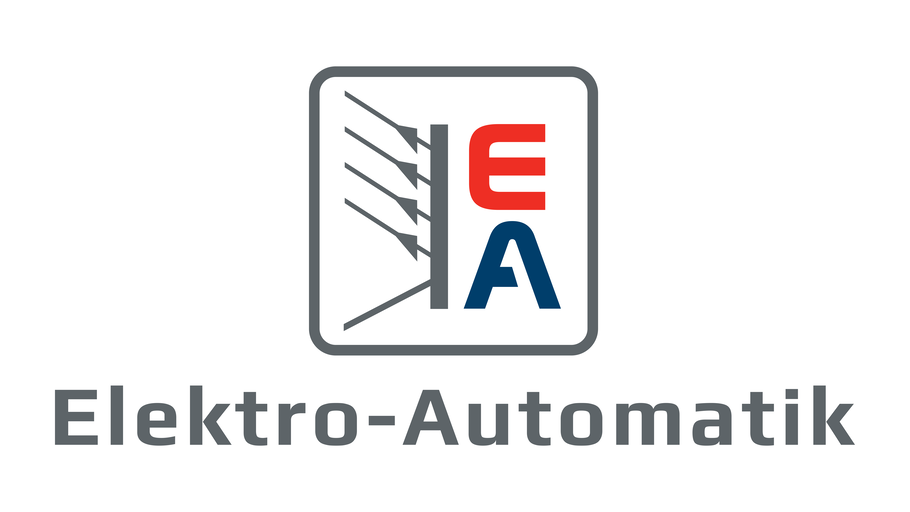
Apr 16, 2024, 10:30 am EDT
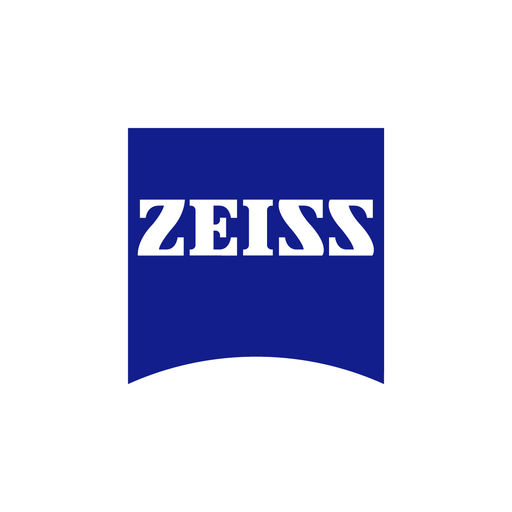
Apr 16, 2024, 9:15 am EDT

Apr 16, 2024, 2:00 pm EDT
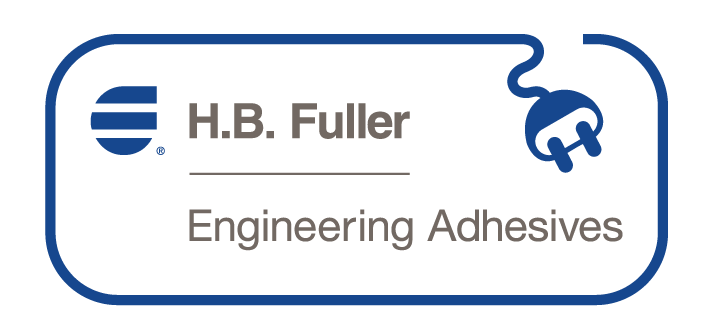
Apr 16, 2024, 9:30 am EDT

Apr 16, 2024, 2:45 pm EDT
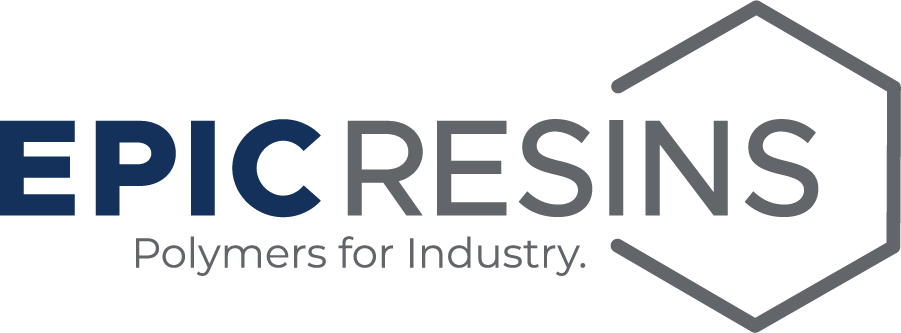
Apr 16, 2024, 11:00 am EDT

Apr 16, 2024, 12:30 pm EDT

Apr 18, 2024, 10:30 am EDT